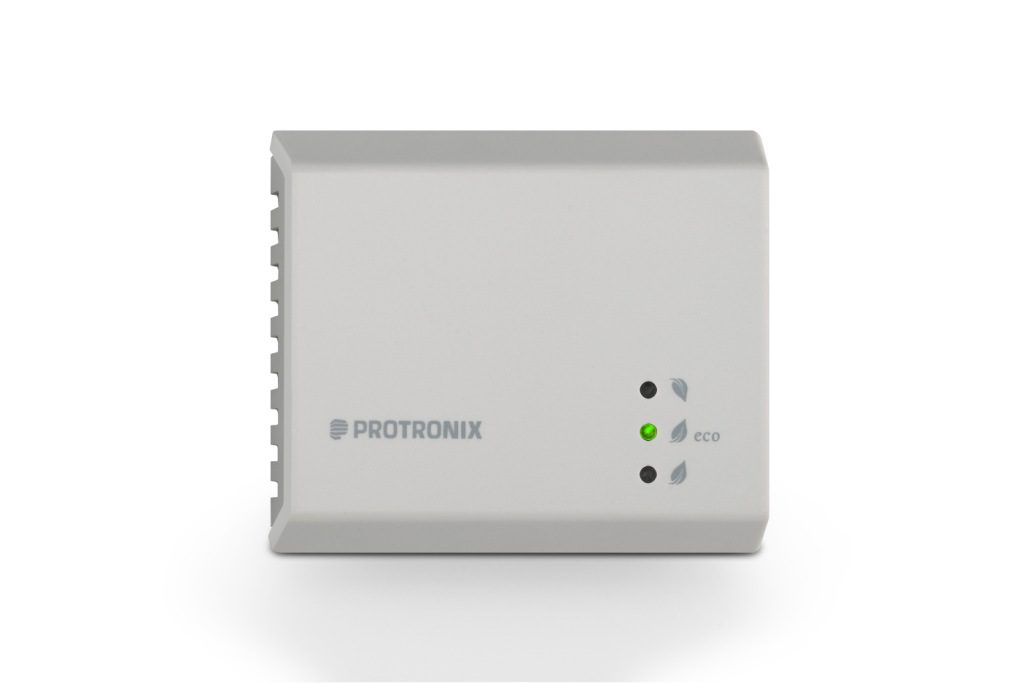SBS – Sick Building Syndrome
Do you have new carpets and furniture in your office, electronics with plastic covers or fire doors? And on top of that, everything there is cleaned with different chemicals? Watch out if you are also experiencing sick building syndrome.
The acronym SBS = Sick Building Syndrome is used worldwide. It is an umbrella term mainly for the workplace and also for buildings in which people experience various health problems and the symptoms disappear as soon as they leave the building.

How does SBS manifest itself?
Prolonged exposure to areas where there is a high concentration of harmful chemicals and fumes can cause various health complications. The most common are headaches, fatigue, irritation and burning of the eyes to nausea or even coughing.
Sick Building Syndrome is most commonly seen in people in the work environment, which reduces their comfort and thus also reduces their work efficiency.
A matter of recent years
While in the last century the syndrome was attributed only to working in high-rise buildings, today we see it practically everywhere. In recent years, as most buildings have begun to be insulated and sealed with new windows, and new houses are being renovated or built, SBS has started to appear more and more frequently in people. Many people (children too) have various allergies, asthma, frequent burning eyes and headaches. Contributing to all this are so-called volatile organic compounds, or VOCs for short. These include fumes from carpets, paints, perfumes, cleaning products, frying, cooking, fumes in toilets and changing rooms, plastics and, above all, people.
You can read more about VOCs in this article.
Improve your environment
One of the most important reasons why we feel uncomfortable indoors is the lack of ventilation in the living space. Unfortunately, we cannot prevent the presence of volatile organic compounds in the indoor environment.
Some fumes, such as cleaning products, can be reduced, but it is not easy. It is more difficult in offices and apartments in dense urban areas, opening windows and ventilating in some situations is tantamount to worsening the air – outdoor smog pollution and noise pollution will not improve the situation either. The solution?
Eco-friendly and especially cheap air purifiers can also be found among the flowers – but these are not very effective and also remove only a handful of VOCs.
With air quality sensors for a clean indoor environment
Helping you to have a clean and healthy indoor environment is our specialty. In our offer you will find sensors for measuring the concentration of volatile organic compounds – the cause of SBS symptoms. The sensors control the air handling unit based on the measured concentration of VOCs and thus help to clean the indoor environment of harmful substances.
As you can read in the article CO2 is not the main air pollutant, there are around 10,000 types of VOCs according to the latest measurements. Our VOC sensor specializes in the most common ones in the indoor environment – fumes from the metabolic activity of the human body and other substances such as formaldehyde, kitchen fumes, fumes from cleaning products, carpets, paints, etc. Everything that the CO2 sensor is not able to detect.
Intelligent VOC sensor
For easier deployment in practice, we have developed so-called “intelligent” VOC sensors, taking advantage of the widespread awareness of carbon dioxide concentration measurement. The intelligence lies in the fact that the VOC sensor, the so-called iVOC, gives an output equivalent to a CO2 measurement – i.e. a measurement range of 400 – 2000 ppm. Therefore, setting the ventilation control or setting the limit value at which the sensor should switch on the ventilation is also convenient for the user and they do not have to deal with their own VOC concentration.
Want to get regular emails from the world of air quality sensors and HVAC?



